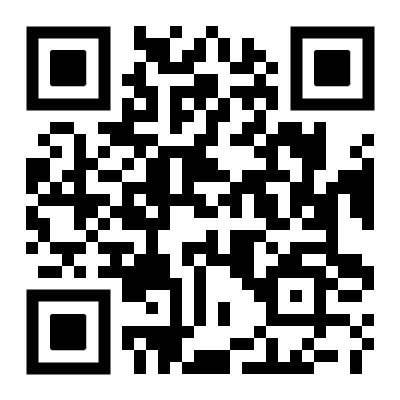RFID Revolutionizing the Library Management System
In recent years, the application of RFID (Radio Frequency Identification) technology has been making a significant impact on library management.
Traditionally, libraries relied on barcodes and manual check-in and check-out processes, which were time-consuming and prone to errors. However, with the introduction of RFID tags, the whole operation has been streamlined. Each book in the library is now tagged with a tiny RFID chip that contains unique identification information about the item.
At the check-out counter, librarians no longer need to scan each book one by one with a barcode scanner. Instead, they can simply place multiple books on an RFID reader pad, and the system can quickly identify and record all the items being borrowed simultaneously. This not only speeds up the process for borrowers but also reduces the workload for library staff.
For inventory management, RFID enables librarians to conduct regular stock checks with much greater ease. They can use handheld RFID readers to walk through the shelves and quickly identify any missing or misplaced books. In addition, it helps in tracking the circulation history of books more accurately, allowing libraries to analyze which titles are popular and which ones need to be promoted or replaced.
Moreover, in large library systems with multiple branches, RFID technology facilitates inter-library loans. The seamless identification and tracking of books across different locations ensure that the borrowing and returning processes are efficient and error-free. As a result, libraries are able to provide better services to their patrons, enhancing the overall reading experience and promoting the love of learning and literature.




